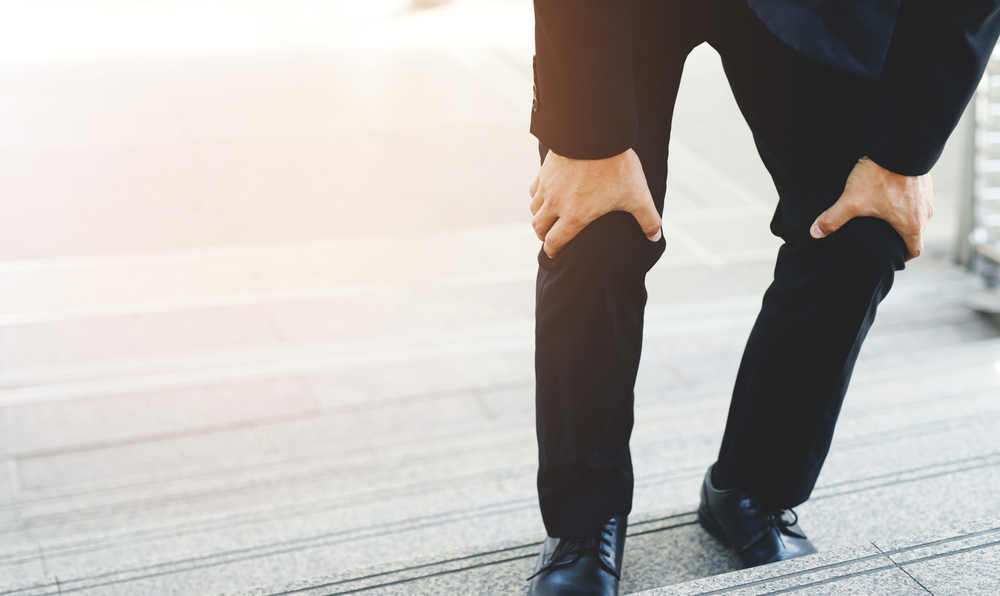Do you know that our bones undergo a continuous process of remodeling? Mature bone tissue keeps detaching continuously and new bone tissue keeps forming. With increasing age, there is a noticeable decrease in this bone formation. During the first 30 years of life, the continuous process of bone disappearance and formation is maintained. However, this balance changes with increasing age, resulting in loss of bone tissue and a significant reduction in bone formation.
Effects of aging on bone health:
Hormonal changes: With age, people lose bone mass or density – especially women after menopause. The menopause triggers the loss of calcium and other minerals in bone tissue. In men, the gradual decline in sex hormones leads to the later development of Osteoporosis.
Osteoporosis: A condition where bones lose their density, become fragile, and prone to fractures. This is particularly effects women, as they can lose up to 20% of their bone density in the first 5 – 7 years after menopause. This is a major reason of hip fractures in elderly people. One half of all females and one fourth of all males over 50 years will fall prey to Osteoporosis.
Changes in the body: There will be reduced vertebral bone density, along with fluid loss in intervertebral discs. So, the middle part of the body becomes shorter and thinner. Poor posture, changes in gait while walking become prominent. This leads to pain, reduced mobility, and increased risk of injuries. The foot arches become less distinct, leading to a slight loss of height.
Joint issues: Due to various changes in tendons and ligaments, joints become stiffer and less flexible. Fluid in the joints may decrease and cartilage may begin to rub together and wear away. Calcification (deposition of minerals) around joints becomes common especially around the shoulder.
Fracture risk: The risk of fractures increases because of Osteoporosis, gait changes, instability, and loss of balance.
Hyperparathyroidism: Both calcium and vitamin D deficiency can contribute to secondary hyperparathyroidism.
Arthritis risk: Joints become inflamed and arthritic and can range from minor stiffness to severe arthritis. Osteoarthritis is very common.
Reduced reflexes: Some older people have decreased reflexes (knee jerk, ankle jerk). This is due to the changes in the muscles and tendons as you age.
What are the risk factors?
- Inactive life style
- Hormonal changes
- Less Vitamin D and Calcium intake
- Excessive intake of alcohol, smoking
- Low levels of estrogen
- Hyperthyroidism
- Genetic factors and family history of Osteoporosis
- Natural ageing process
To preserve bone health:
Exercise: is vital for preserving bone density. Weight-bearing exercises e.g. walking and strengthening exercises using free weights, elastic bands and balancing exercises (to avoid falls and fractures) are important. Consistent physical activity reduces the risk of hip and total fracture in postmenopausal women.
A healthy diet: A well-balanced diet consisting of adequate dosage of Vitamin D and Calcium is a must for preserving bone mass. Protein is one of the building blocks of bone and should be consumed sufficiently. Women need to be particularly careful to get enough calcium and vitamin D as they age. Postmenopausal women and men over age 70 should take 1,200 mg of calcium in a day.
Use support: Use handrails on staircases and anti-skid mats in the bathroom, to help prevent falls.
Supplements: Your Orthopedic Surgeon may suggest calcium supplements if you don’t get enough calcium through your diet
Bone density test: All women should get the screening of this test to check for Osteoporosis at age 65. Men need one at age 70.
Quit Smoking and drinking: Smoking increases bone loss and should be stopped. More than a drink a day for women or men over 65 can speed up bone loss.
Maintain body weight: Both Being underweight or obese increases the chance of bone loss and fractures. Keep your weight in check.
If you have concerns about your bone health or signs, consult your Orthopaedic Surgeon. By evaluating your risk factors, your Surgeon will guide you through the right procedures to slowdown bone loss.

